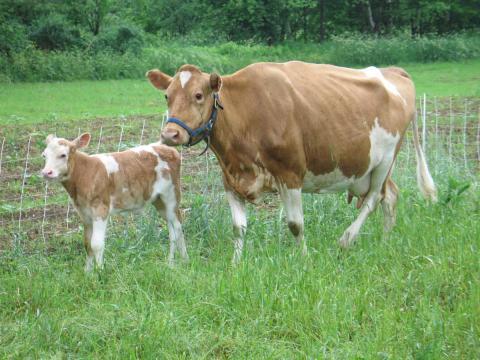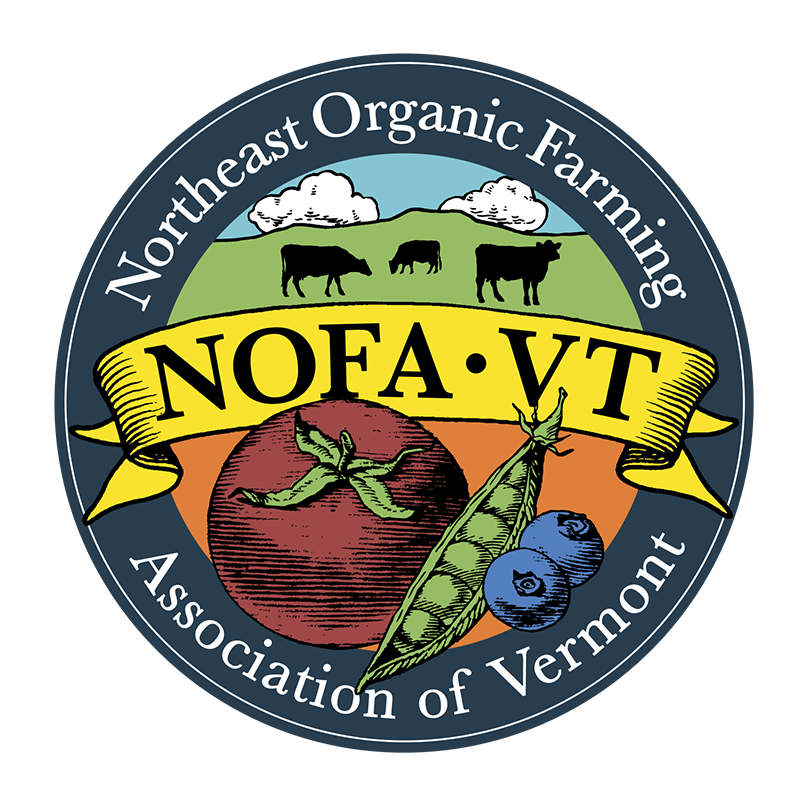
Dairy farms are quintessential to Vermont’s working landscape; a predominant reason for the open meadows, fields of grain and agricultural infrastructure we see statewide. Many farmers choose to farm for the opportunity to work the land, their love of animals, and being an important part of a rural community. Today, this way of life is being threatened by a global oversupply of milk and a broken commodity market in which farmers are being paid close to or below their cost of production. Dairy farming has always had its cycle of ups and downs, but for the last several years, conventional dairy prices have remained depressed without the usual upswing and now there is a similar shrinking of profit margins in the organic industry as well. These negative changes in the dairy market are forcing smaller farms to go out of business and leading to increased consolidation of the farms that remain. In 2010, there were 1,015 dairies in Vermont but today only 735 remain, of which over 25% (194) are certified organic.
Until early 2017, there was steady growth in the organic milk market and the four milk buyers in Vermont - Organic Valley, Horizon, Stonyfield, and Upstate Niagara - were steadily adding more farms to their truck routes. Organic milk is more expensive than conventional milk for a farmer to produce but it also commands a higher price and, until last year, the price was enough to offset expenses and have money left over for farmers to pay themselves and invest in their farms. However, in the fall of 2017, organic dairy farm income decreased in direct response to the global oversupply of organic milk. Some organic dairies have seen their pay price drop by almost $10 for every hundred pounds of milk (also known as hundred weight or cwt) and some have been put under a quota by their milk buyers - limiting the amount of milk the buyer will purchase at the organic price. In addition to directly impacting many farmers’ bottom lines, conventional farmers who are interested in transitioning to organic may not have an opportunity to do so until 2020.
The cause of this organic milk oversupply is complex and influenced by many factors. There is no national supply management system for milk in place in the U.S. - the market is controlled by the milk buyers. Organic milk buyers overestimated the growth of the organic milk market, and combined with poor supply management, encouraged a large number of farms to transition to organic at a time when the market was perceived to be stronger. As these farms completed their transition to organic, the sudden influx of milk from these farms has contributed to the oversupply.
Additionally, in the western U.S. there has been an expansion of large, 5000+ cow organic dairies, which are often vertically integrated and able to produce more milk at a lower cost. This milk is mostly sold under private labels for companies such as Walmart, Costco, and Target. Different interpretations of the national organic standards by certifiers have allowed many of these large dairies to continually transition youngstock into their operations, which some argue goes against the intent of the standards. On the contrary, Vermont Organic Farmers, the organic certifier of the majority of Vermont’s organic dairy farms, believes the standards allow for only a one-time, whole herd transition. The continual transition of youngstock allowed by some certifiers allows these other farms to raise youngstock conventionally at a lower cost to the farms than those in Vermont that are raising them organically, contributing to the oversupply of organic milk.
Finally, there is a shortage of available processing facilities for organic dairy products, impacting the amount of milk that buyers have been able to process and sell. While we’ve seen slight growth in the demand for full-fat products such as whole milk and butter, this has left an oversupply of skim milk. Historically, the surplus milk was dried and stored as milk powder, but milk is an international market, and as production and stores of dry milk have increased globally, it has become harder to find a market for that surplus product. We’ve seen an increase in demand for milk alternatives (e.g. nut beverages such as soy, almond, and coconut milk), further competing with the milk market.
These market circumstances are one of the many challenges both organic and conventional farmers are faced with right now. Farmers have seen an increase in paperwork and regulatory requirements; being certified organic is not an easy feat, it requires thorough record keeping, an annual application and inspection. Coupled with market challenges, dairy farmers are dealing with increased water quality regulations, and public scrutiny due to Vermont’s impaired waterways, of which agriculture is a contributor. While there is support from UVM Extension and NOFA-VT farm advisors to help farmers with both production technical assistance and business planning, change takes time and often costs money, and with the added financial challenges of the milk market, is a lot for farmers to handle in addition to milking, feeding and caring for their animals every day, 365 days a year.
Many of us choose to call Vermont home because we have a love for local food, the working landscape and our strong rural communities yet the future of Vermont’s working landscape is now in jeopardy. What will Vermont look like without small, family dairy farms and what will take their place? How do we protect this way of life? These are tough questions that many in the industry and throughout the state are asking. We have been working with partners to determine what we can do to help dairy farmers in this time of genuine crisis.
Recently, we’ve seen an increase in non-natural disaster requests for our Farmer Emergency Fund from organic dairy farmers who need financial assistance. Through this Fund, certified organic and NOFA-VT member farms can apply for up to a $2,500 grant and/or $2,500 0% interest loan. We realize that this will not prevent farms from going out of business but we see it as a way to provide Vermont organic dairy farmers with some cash flow in times of emergency, where farmers cannot purchase feed for their cows or need help paying essential bills. We are concerned that as dairies continue to see a decrease in the amount they are paid for their milk, we will see even more requests. In anticipation of this, we are fundraising to grow our Farmer Emergency Fund, with a goal of raising $50,000. Please consider contributing what you can to this fund to support our farmers. Donate here: https://nofavt.org/blog/support-organic-dairy-farmers.
And as always, choosing a brand that is local or that purchases from Vermont farms is a great way to support Vermont dairies in this time of need. D

